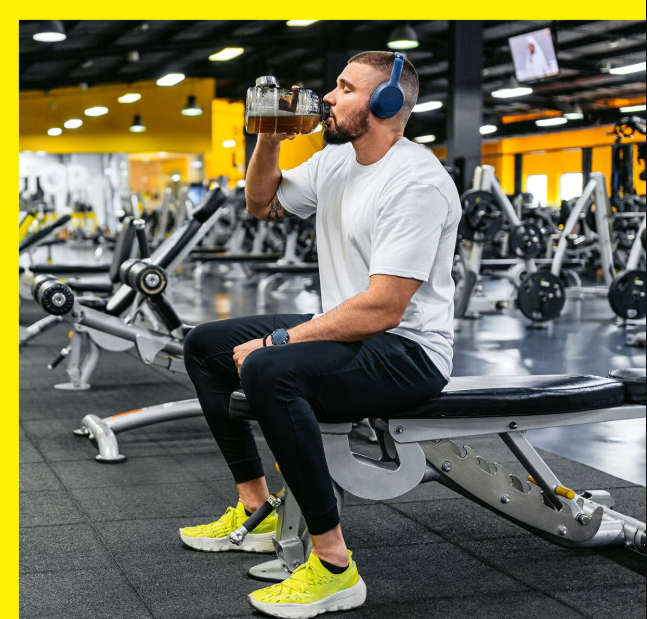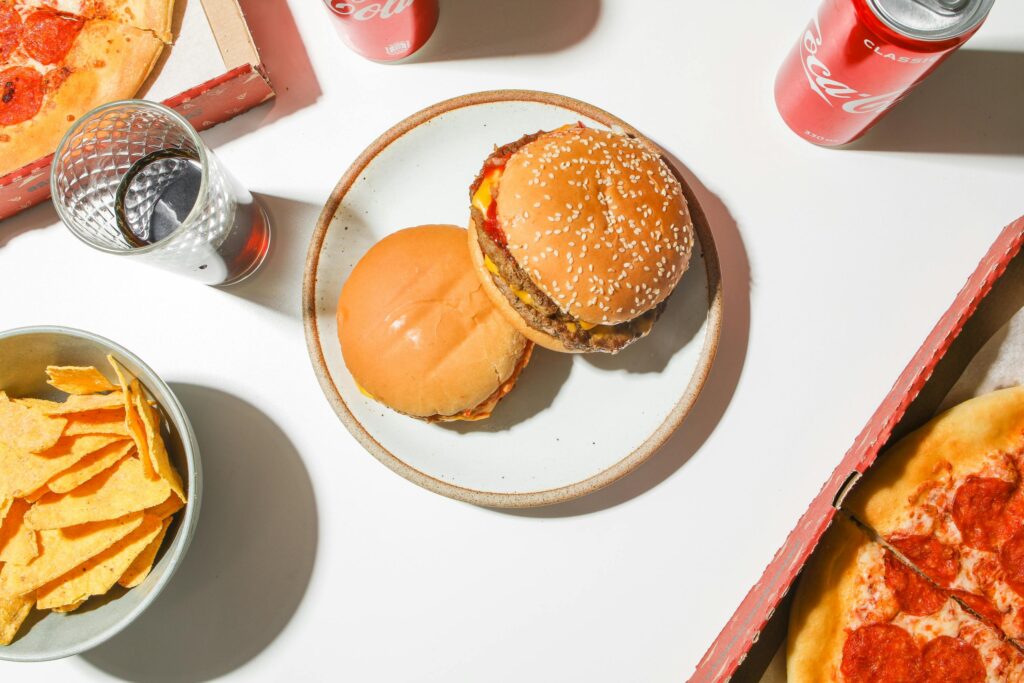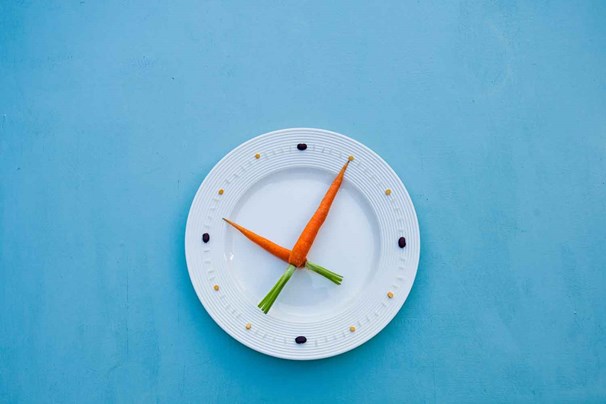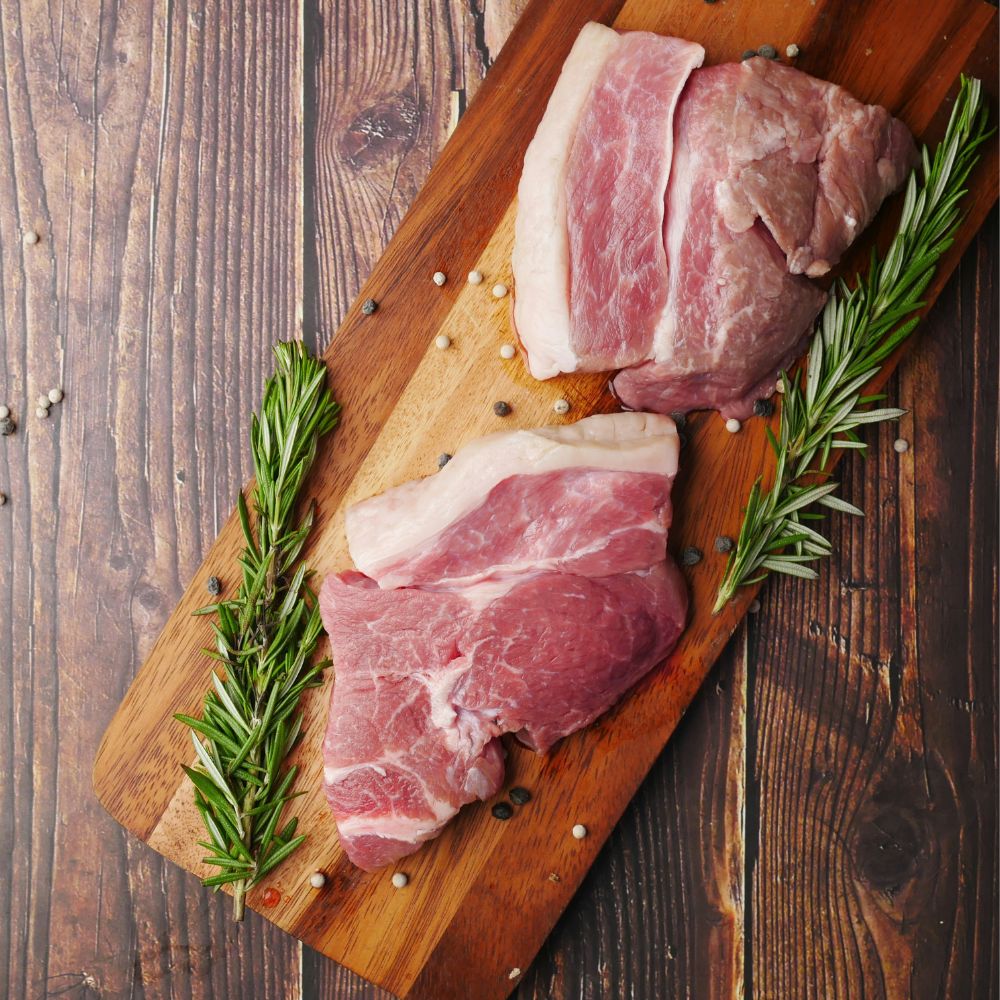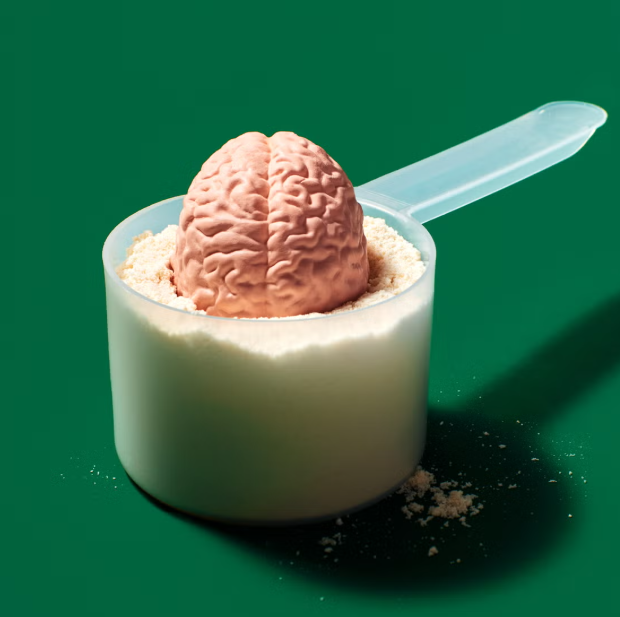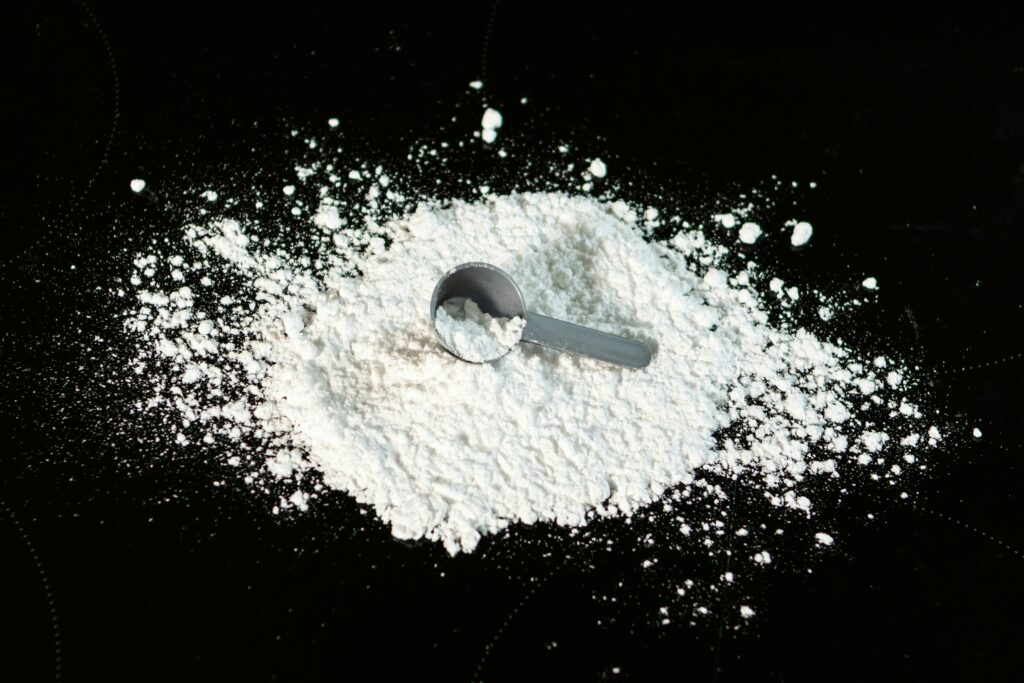Caffeine – and coffee in particular—is a staple part of many people’s mornings. Coffee’s typically the second sip (at least have your water first, folks) before emails, workouts, or the school drop-off, delivering the caffeine that wakes you up and makes you more alert. But more people are now rethinking what goes into that cup. Instead of drinking your coffee with a separate breakfast or post-gym shake, some people are combining the two into one drink: protein coffee. Sometimes called high-protein coffee or “proffee,” it’s popping up everywhere—from TikTok recipes to grocery store coolers to café menus.
The concept is simple: merge caffeine’s quick energy boost with the benefits of protein. If you’ve ever worked with a nutritionist (as I have), you’ve likely heard, “Make sure you eat protein before you drink your coffee.” Protein coffee is what we’d call a two-fer. For active people, it’s a 2-in-1 way to fuel after morning training and be alert for the day ahead. We got expert input from Tony Castillo, MS, RD, LDN, who further says, “[It] also helps turn on the muscle-building switch to get your muscles into building mode.” For busy professionals, it’s a portable breakfast that doesn’t require cooking or cleanup. And with research showing the benefits of consistent protein intake, protein coffee offers a convenient—and trendy—way to hit at least part of your protein goal before lunchtime. We break down everything we know about protein coffee along with tips from Castillo on the best ways to incorporate it into your diet (if at all).
Why we’re seeing protein coffee everywhere
The first blends came from gym bros: cold brew plus a protein shake, then out the door. Social posts pushed it further, and ready-to-drink blends made it effortless to grab. You may see those ready-to-drink protein coffees lining the refrigerated shelves at your supermarket, but you may also see people mixing a protein shake and adding espresso if they prefer to DIY it.
Studies show higher-protein diets can increase satiety and help nix those pesky mid-morning cravings. Research also finds that a protein-rich breakfast can help you stay fuller throughout the day and reduce evening snacking in those who typically skip breakfast—making high-protein coffee a potential solution for anyone with a hectic morning. In short: it’s a busy-bee solution to getting both your protein and caffeine fix first thing in the morning with ease.
What you need to know about protein coffee
Ready-to-drink protein coffees are very on trend right now. That means the coffee and protein is already mixed for you in a powder or canned. Most ready-to-drink protein coffee drinks use milk protein, whey isolate, or plant blends. Typical labels list around 15-30 grams of protein and 80-200 milligrams of caffeine per serving—about one to two regular coffees. That’s enough protein for a small meal replacement, especially post-workout, and enough caffeine to help with alertness. However, most RTD protein coffees tend to fall on the lower end of that 15-30g of protein range, not boasting much more protein than a protein bar.
DIY is an option (and a higher-protein one at that). Use chilled coffee or cold brew, add unflavored or vanilla whey isolate (which typically ranges from 20-30g of protein per scoop) to a shaker bottle, and shake hard for 20-30 seconds. If you’re a hot coffee drinker, let your coffee cool a little first before adding protein to reduce clumping. For protein type: Casein powders thicken more than whey; pea protein blends generally mix better than mixed-grain options. If you’re lactose sensitive, opt for a lactose-free RTD or a whey isolate rather than a concentrate. You can also use a ready-to-drink protein shake instead of shaking one yourself if you’re particularly in a rush.
If you train in the morning, timing matters. Caffeine is most effective when taken about an hour pre-workout, with research often citing about 3-6 mg/kg as a performance range. Folks who are sensitive to caffeine should start lower and monitor how it affects sleep. It’s also possible to have too much caffeine in a day, so if you feel like you are close to going too far with it, it may be wise to forgo that protein coffee drink.
Protein intake works best when spread evenly throughout the day. Studies suggest 20-30 grams per meal (depending on weight and exercise goals) stimulates muscle protein synthesis more effectively than cramming most protein into your dinner. Castillo also emphasises, “…the importance of choosing a high-quality protein powder tested for heavy metals, especially plant-based options like pea, soy, or hemp if [you] are lactose intolerant or want a gentler morning option. This complements the RTD protein coffees, but also empowers people to DIY with allergy- or digestion-friendly choices.”
Protein coffee pros
- Combines caffeine and protein in one drink
- Can help with fullness and appetite control through late morning
- Portable—no brewer or blender needed
- Doubles as a light post-workout option and initiates muscle building
Protein coffee cons
- Some RTDs include added sugar—check labels if you’re tracking macros
- Costs more than brewing coffee and making a protein shake at home
- Not a late-night drink, as it does contain caffeine
- Complements a balanced diet, shouldn’t be the sole protein source
Expert insight: Is protein coffee beneficial?
Adding protein to coffee definitely makes it more satisfying than a solo cup of joe, which may, in turn, help reduce snacking later in the day. Studies on higher-protein breakfasts show more appetite control and lower calorie intake at subsequent meals.
For men building or maintaining muscle, the day’s total protein intake is what matters most. Around 1 gram of protein per kilogram of body weight per day is ideal for most active adults. Spreading protein across three or more meals—rather than eating most of it only at dinner—helps maximise the body’s ability to use it for muscle repair.
Caffeine adds its own benefits, improving alertness and boosting exercise performance. Doses of about 3-6 mg/kg taken roughly an hour before training appear most effective, though even smaller amounts can boost perceived energy and mood.
The takeaway: protein coffee is an easy way to combine two performance-supporting nutrients—just make sure it doesn’t replace whole-food sources of protein but rather works to complement them. Castillo put it best: “Protein coffee, while convenient, should not routinely replace whole-food meals. The evidence is clear: amino acids from whole foods support muscle, metabolism, and satiety better long-term. Instead, proffee is a tool for busy mornings, travel, or as a post-workout option when that full breakfast isn’t realistic.”
Is protein coffee right for you?
If you’re balancing training, work, and family, protein coffee can be an efficient choice. It delivers caffeine and solid protein in one beverage. Just remember: it works best alongside a balanced, whole food-based diet.
And here’s our simple strategy: if you don’t have time for a whole food breakfast, start the day with one protein coffee drink containing 20-30 grams of protein, then include similar amounts of whole food protein at lunch and dinner. This pattern supports satiety, and helps maintain muscle mass and energy—while keeping your mornings quick, portable, and satisfying.
This article originally appeared on Men’s Health UK.
Related:




